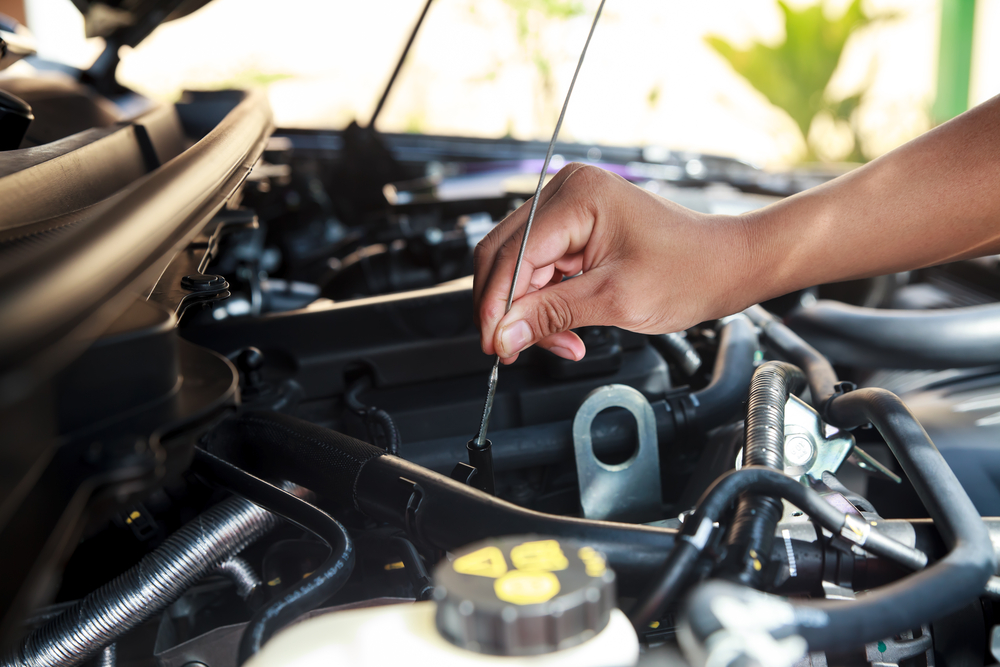All Categories
Featured

When it involves vehicle repair work or upgrades, one of one of the most vital choices you'll face is whether to pick Original Equipment Manufacturer (OEM) components or aftermarket parts. Both alternatives offer unique advantages and downsides, so understanding the distinctions between them is important for making an educated choice. In this write-up, we'll check out the benefits and limitations of OEM and aftermarket parts to help you determine which is ideal fit for your cars and truck.
What Are OEM Parts? OEM components are created by the exact same manufacturer that made the initial parts in your automobile. These parts are developed to fulfill the specific specs of your vehicle, ensuring they are an exact fit and use the very same performance as the components that came with the vehicle when it was very first developed. OEM components are typically thought about the "manufacturing facility requirement" since they come directly from the car's maker or a licensed vendor.

Among the major advantages of using OEM components is their assured quality. Given that these components are made to the very same standards as the originals, they normally supply an ideal fit and trustworthy efficiency. Furthermore, several OEM parts come with a warranty, giving you assurance that you'll be safeguarded in instance of flaws.
What Are Aftermarket Components? Aftermarket parts are made by third-party suppliers that are not connected with your vehicle's original maker. These parts are designed to fit a variety of automobiles and are typically more economical than OEM parts. Aftermarket parts can be utilized for routine fixings or upgrades, and they frequently use a wider variety of alternatives compared to OEM parts.

Additionally, aftermarket components may supply much better efficiency or additional attributes not available in OEM alternatives. Aftermarket exhaust systems, brake pads, and suspension components frequently provide renovations in performance or appearances that could not be located in OEM components.
Advantages of OEM Components. Precision and Compatibility: OEM components are made specifically for your automobile's make and design, guaranteeing they fit perfectly and do to the precise requirements called for. Warranty Coverage: Several OEM parts feature warranties, supplying insurance coverage in case of defects or premature failure. Quality Guarantee: Because OEM components are made by the original manufacturer, they are subjected to the exact same strenuous quality assurance standards as the parts installed in your lorry when it was very first developed. Resale Worth: If you intend to sell your cars and truck, having OEM components can help maintain its resale worth, as possible customers may be extra thinking about a lorry that has been fixed with initial components. Advantages of Aftermarket Parts. Cost Financial savings: Aftermarket components are typically cheaper than OEM components, which can be a considerable advantage if you're on a spending plan or wish to save money on repairs. Variety and Personalization: Aftermarket components offer a larger selection of alternatives, consisting of performance upgrades and visual improvements. If you want to increase horsepower or boost your auto's look, aftermarket options can offer unique solutions. Availability: Aftermarket parts are commonly easier to locate than OEM components, specifically for older vehicles that might no more have conveniently available OEM parts. Performance Improvements: Some aftermarket components are created with efficiency in mind, such as high-performance brakes, air filters, or exhaust systems. These parts can improve your lorry's overall performance and driving experience. Drawbacks of OEM Parts. Greater Rate: One of the most considerable disadvantage to OEM parts is their price. They are usually much more expensive than aftermarket alternatives, which can build up swiftly if your auto requires numerous repair services. Restricted Personalization: OEM components are developed to recover your lorry to its initial specs, suggesting they might not provide the very same series of customization alternatives as aftermarket components. Accessibility Issues: Depending on the age of your vehicle, particular OEM components might be more challenging to find or stopped, making repair services harder. Downsides of Aftermarket Parts. Inconsistent Top quality: While several aftermarket parts are of top quality, others might be badly made or do not have the toughness of OEM components. It is essential to look into the maker and read reviews to ensure the quality of the part you're considering. Fitment Problems: Aftermarket components are made to fit a wide variety of lorries, yet they may not constantly use the ideal fit that OEM parts assure. This can lead to installment problems or suboptimal performance. No Surefire Guarantee: While some aftermarket components come with guarantees, they may not be lasting or as comprehensive as those provided by OEM components. In many cases, making use of aftermarket components might likewise impact your automobile's guarantee insurance coverage if it's still active. Exactly how to Determine Between OEM and Aftermarket Parts. The choice between OEM and aftermarket parts ultimately depends on your certain requirements, preferences, and spending plan. Below are a few considerations to help assist your choice:
Budget: If conserving cash is a priority, aftermarket parts are typically the a lot more inexpensive choice. Be conscious that less costly parts may not last as long as OEM components, which can result in greater prices down the road. Car Age and Condition: For newer lorries, specifically those under warranty, it's often a good concept to select OEM components to preserve the cars and truck's integrity and protect its resale value. For older cars and trucks, aftermarket parts may be much more practical, particularly if the vehicle is no more under service warranty or if you're trying to extend its lifespan with cost-efficient options. Fixing Type: Particular crucial fixings, specifically those pertaining to security (brakes, air bags, and so on), are best managed with OEM components to make sure the greatest degree of safety and efficiency. For non-essential fixings or alterations, aftermarket parts can offer a superb equilibrium of top quality and affordability. Performance and Modification: If you're trying to find performance upgrades or unique personalization options, aftermarket parts may be the most effective choice. Numerous aftermarket makers style parts especially for improving your vehicle's abilities, whether it's for far better performance or aesthetic appeals. Final thought. Both OEM and aftermarket components have their pros and disadvantages, and the ideal choice depends on your details needs and priorities. OEM components are excellent for maintaining the original top quality and performance of your car, while aftermarket parts offer price savings, modification options, and a broader range of choices. Meticulously review your vehicle's problem, the kind of repair service needed, and your spending plan to make the ideal decision for your vehicle and your wallet. Despite which alternative you select, it's always important to speak with a relied on technician that can supply support and make certain the repair work is done properly.
Latest Posts
Fanatics Sportsbook: The Ultimate Sports Betting Experience
Published Apr 19, 25
1 min read
Laminate Floor Covering: Design Fulfills Longevity at Carpet Interiors Floor & Home
Published Apr 18, 25
2 min read
Discover the Perfect Floor Tile Flooring at Carpet Interiors Floor & Home
Published Apr 18, 25
1 min read
More
Latest Posts
Fanatics Sportsbook: The Ultimate Sports Betting Experience
Published Apr 19, 25
1 min read
Laminate Floor Covering: Design Fulfills Longevity at Carpet Interiors Floor & Home
Published Apr 18, 25
2 min read
Discover the Perfect Floor Tile Flooring at Carpet Interiors Floor & Home
Published Apr 18, 25
1 min read